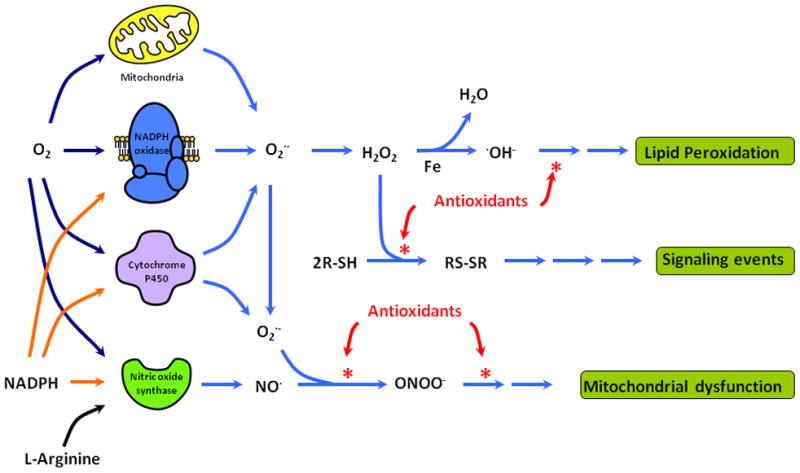Figure 1. Reactive oxygen and nitrogen species effect.

On the left the figure schematically represents the major sources of ROS and RNS production in the liver. The immediate products of these sources, superoxide and nitric oxide, undergo a series of subsequent reductions and interaction that lead to lipid peroxidation, formation of disulfides which trigger a number of singnaling events, and reduction of mitochondrial respiration with a further increase in mitochondrial ROS production. Antioxidant compounds such as vitamin C and vitamin E can act as free radical scavengers inhibiting the progression of these pathways.
